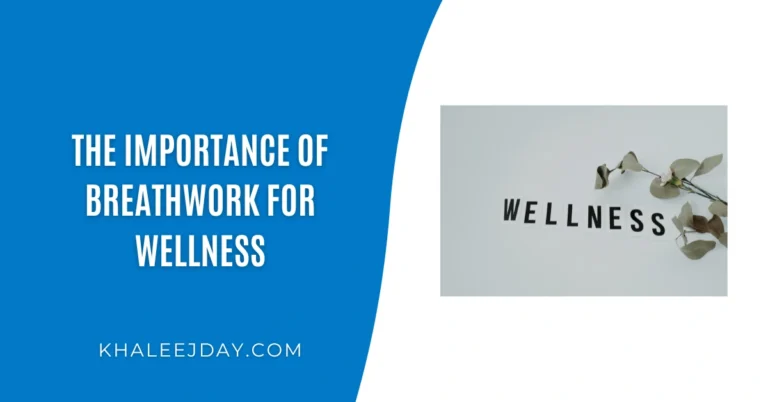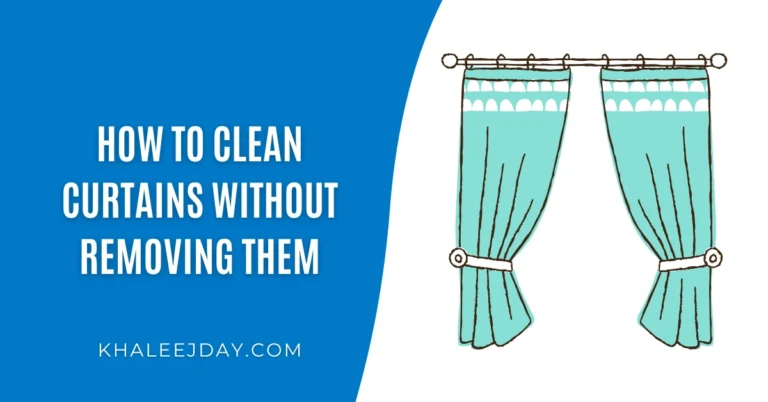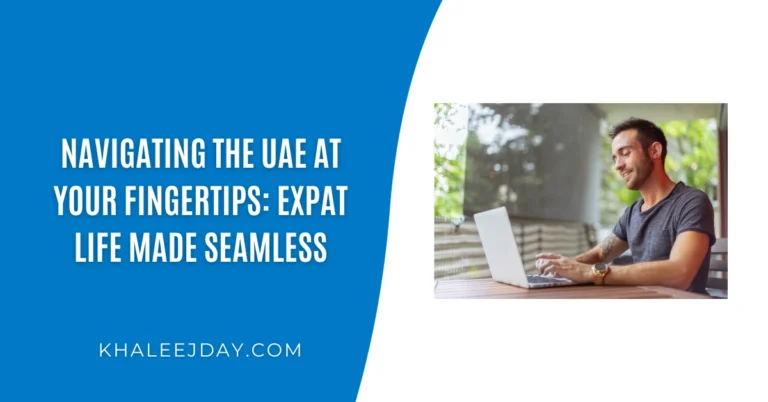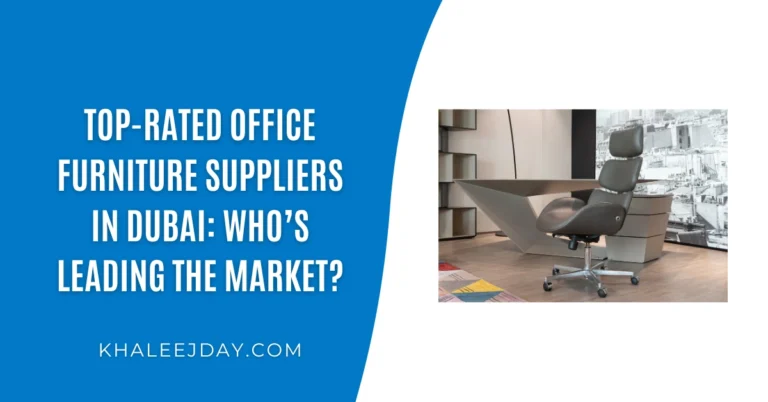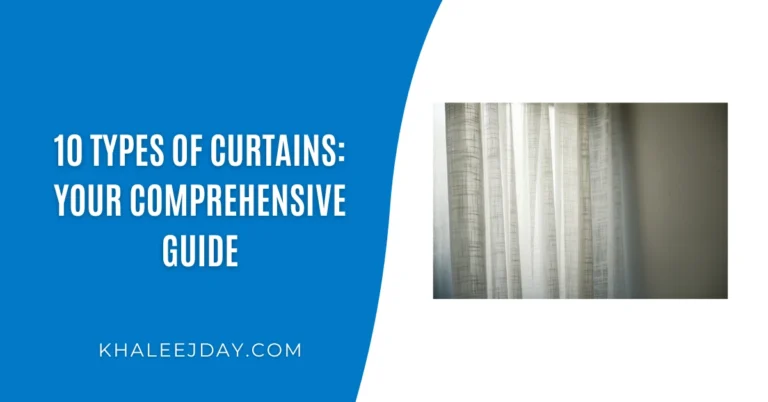Sustainable Interior Design Ideas for Homes in Dubai
Living in Dubai means dealing with extreme heat for most of the year, which puts a huge strain on our energy bills and the environment. I remember visiting a friend’s villa last summer where the air conditioning was running full blast 24/7, yet some rooms still felt uncomfortably warm. It made me think about how our design choices directly impact both our comfort and our carbon footprint.
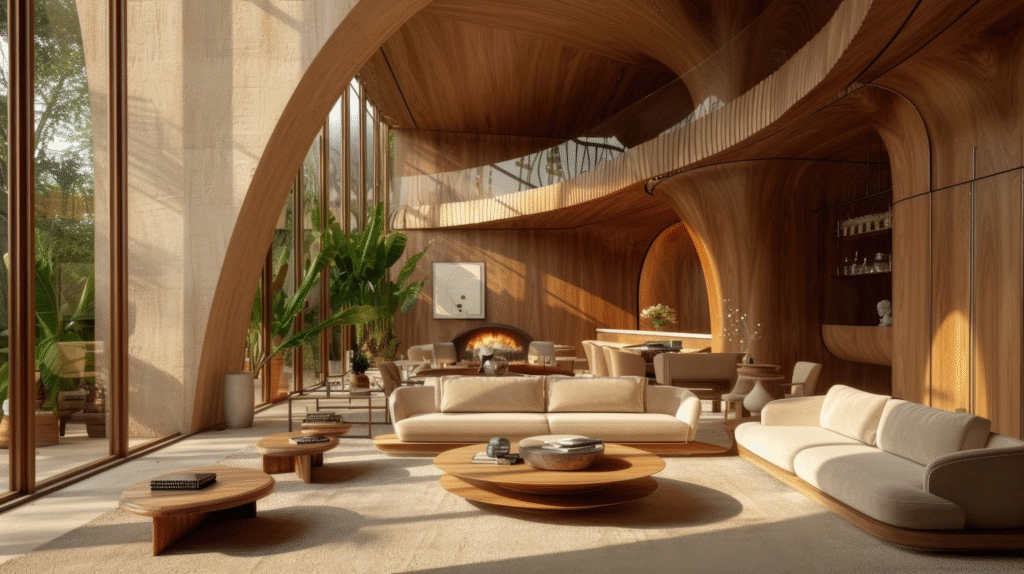
More and more homeowners in Dubai are becoming aware of eco-friendly living. They’re asking questions like “How can I keep my home cool without spending a fortune on electricity?” and “What materials actually work well in this climate?” This shift isn’t just about following the latest trends – it’s about making smart decisions that benefit both your wallet and the planet.
The reality is that sustainable interior design in Dubai isn’t a luxury anymore; it’s become essential for anyone who wants to live comfortably while keeping their utility bills manageable.
1. Use of Eco-Friendly Materials
Natural Materials That Work in Dubai’s Climate
When I first moved to Dubai, I was surprised to learn that bamboo actually performs incredibly well in humid conditions. Unlike traditional hardwood that can warp or crack due to temperature changes, bamboo stays stable and looks great year after year. Many of my neighbors have switched to bamboo flooring, and they swear by its durability.
Reclaimed wood is another fantastic option. There’s something special about giving old wood a second life, and it often comes with unique character marks that you simply can’t get with new materials. I’ve seen beautiful accent walls made from reclaimed teak that add warmth to modern Dubai apartments.
Recycled glass and stone are particularly smart choices here. They don’t absorb heat the way some materials do, which helps keep your home cooler naturally. Plus, they’re incredibly easy to clean – a real bonus in a dusty city like Dubai.
Supporting Local Sources
Buying locally sourced products makes a huge difference in reducing your carbon footprint. When materials don’t have to travel thousands of miles to reach your home, you’re automatically making a more sustainable choice. I’ve found that local suppliers often understand Dubai’s specific climate challenges better than international ones, so their recommendations tend to be more practical.
Local stone, for instance, is naturally suited to handle the temperature extremes here. It’s also usually more affordable than imported alternatives, which is always a nice bonus.
2. Energy-Efficient Lighting and Appliances
The LED Revolution
Switching to LED lights was one of the best decisions I made for my Dubai home. My electricity bill dropped noticeably within the first month. LEDs produce much less heat than traditional bulbs, which means your air conditioning doesn’t have to work as hard to keep the room cool. It’s a win-win situation.
LEDs also last much longer – some of mine have been running for over three years without any issues. When you consider that traditional bulbs might need replacing every few months in heavy-use areas, the long-term savings really add up.
Smart Technology for Smarter Savings
Smart thermostats have been a game-changer for many Dubai residents. They learn your schedule and adjust the temperature accordingly. If you’re away at work all day, there’s no point in keeping your home at 22°C. A smart thermostat can raise the temperature while you’re out and cool things down before you return.
Home automation systems take this concept further. You can set up schedules for lights, fans, and appliances to run only when needed. I know families who’ve cut their energy consumption by 30% just by using smart scheduling.
Making the Most of Natural Light
Dubai gets plenty of sunshine, so why not use it? Maximizing natural daylight reduces the need for artificial lighting during the day. However, you need to be strategic about it. Direct sunlight can heat up your home quickly, so consider using light-filtering blinds or curtains that let brightness in while blocking heat.
Mirrors placed opposite windows can help distribute natural light throughout a room, making spaces feel brighter without adding extra fixtures.
3. Indoor Plants and Biophilic Design
Indoor plants do more than just look nice – they actively improve your air quality. In a city where dust and pollution are constant concerns, having natural air purifiers in your home makes practical sense. Snake plants, peace lilies, and spider plants are particularly good at filtering common indoor pollutants.
I’ve noticed that rooms with plenty of plants feel fresher and more comfortable. There’s also something psychologically soothing about having greenery around, especially when the view outside might be concrete and glass.
4. Sustainable Furniture Choices
Upcycled and recycled furniture has become incredibly popular in Dubai, and for good reason. You can find unique pieces that tell a story while being kind to the environment. I recently bought a coffee table made from reclaimed boat wood, and it’s become a real conversation starter with guests.
The key is finding pieces that have been properly treated for Dubai’s climate. Humidity and temperature changes can be tough on furniture, so make sure any recycled pieces are properly sealed and maintained.
Working with an experienced interior design company can help you select durable and eco-friendly furniture that complements your home style.
5. Water-Saving Fixtures
Installing low-flow taps and dual flush toilets might seem like small changes, but they add up to significant water savings over time. Dubai’s water costs are substantial, so these fixtures pay for themselves relatively quickly through reduced utility bills.
Modern low-flow fixtures don’t compromise on performance either. The latest designs provide good water pressure while using less water overall. It’s one of those upgrades where you get immediate benefits without any downside.
6. Minimalist & Modern Aesthetics
Minimalism naturally supports sustainability because it encourages you to buy fewer, better-quality items. Instead of filling your home with lots of decorative objects, you focus on a smaller number of pieces that really matter to you. This approach reduces clutter, makes cleaning easier, and creates a more peaceful environment.
In Dubai’s fast-paced lifestyle, coming home to a calm, uncluttered space can be incredibly refreshing. Minimalist design also works well with the city’s modern architecture, creating homes that feel cohesive with their surroundings.
For more inspiration on creating modern, sustainable interiors, you might want to explore Modern Interior Design Styles Popular to see how different approaches can work together.
Conclusion
Sustainable interior design in Dubai isn’t about making sacrifices – it’s about making smart choices that benefit both you and the environment. From eco-friendly materials that handle the climate well to energy-efficient systems that cut your bills, these strategies create homes that are comfortable, beautiful, and responsible.
The key sustainable design strategies we’ve covered – using natural materials, maximizing energy efficiency, incorporating plants, choosing multi-functional furniture, saving water, and embracing minimalism – all work together to create spaces that feel good to live in while reducing your environmental impact.
When you’re ready to transform your space with sustainable design principles, Interior design companies like Pine Tree Lane offer trusted expertise in creating eco-friendly interior solutions that perfectly suit Dubai homes. Their experience with local climate challenges and sustainable materials can help you achieve the perfect balance of style, comfort, and environmental responsibility.

